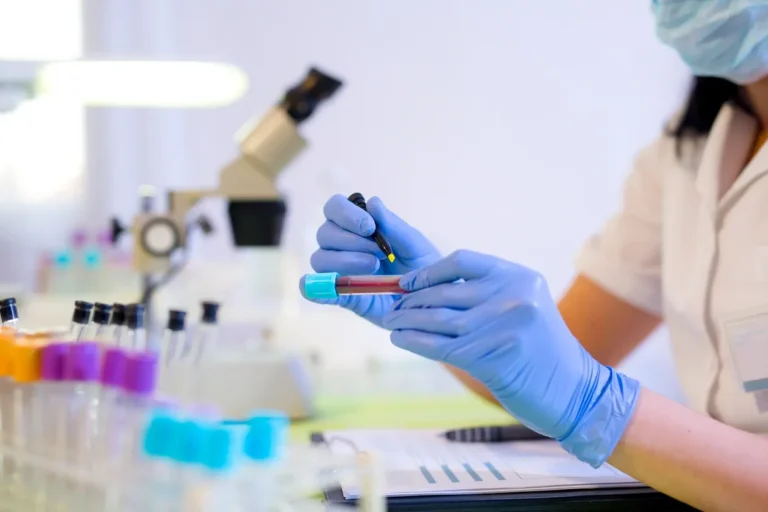
Setting up a clinical pathology lab in India is an essential step towards providing quality healthcare services to the people. Clinical pathology labs play a critical role in the early detection, diagnosis, and treatment of various diseases. However, setting up a clinical pathology lab in India requires meticulous planning, compliance with regulatory requirements, and a significant investment of time, effort, and resources.
In this blog post, we will discuss the essential steps involved in setting up a clinical pathology lab in India.
- Identify the need and purpose of the lab: The first step in setting up a clinical pathology lab is to identify the need and purpose of the lab. This involves assessing the demand for laboratory services in the region, understanding the types of tests required, and the target population.
- Identify the type of lab: Based on the need and purpose, the next step is to identify the type of lab to set up. There are different types of labs, including clinical pathology labs, anatomical pathology labs, molecular diagnostic labs, and microbiology labs. Each of these labs has its unique testing procedures and requirements.
- Develop a business plan: Once you have identified the type of lab to set up, the next step is to develop a business plan. The business plan should include details such as the estimated cost of setting up the lab, the projected revenue, and the expected return on investment.
- Obtain necessary approvals and licenses: To set up a clinical pathology lab in India, you need to obtain various approvals and licenses from the government authorities. These include a registration certificate from the State Health Department, a license from the State Pollution Control Board, and clearance from the local municipal corporation.
- Procure equipment and supplies: The next step is to procure equipment and supplies required for setting up the lab. This includes laboratory equipment, reagents, chemicals, and consumables. The equipment should be of high quality and meet the regulatory standards.
- Hire qualified personnel: A clinical pathology lab requires a team of qualified personnel, including pathologists, laboratory technicians, and support staff. It is essential to hire qualified and experienced personnel who have the necessary skills and knowledge to operate the lab.
- Establish quality control procedures: To ensure accurate and reliable test results, it is essential to establish quality control procedures. This involves implementing a quality management system, regular calibration of equipment, and ensuring the accuracy of test results through regular proficiency testing.
- Implement safety procedures: A clinical pathology lab involves handling hazardous materials such as biological specimens, chemicals, and radioactive materials. To ensure the safety of personnel and prevent the risk of contamination, it is essential to implement safety procedures such as using personal protective equipment, proper waste management, and regular safety audits.
- Develop a pricing strategy: Finally, you need to develop a pricing strategy that is competitive yet profitable. The pricing strategy should consider factors such as the cost of equipment, supplies, personnel, and regulatory compliance.
Setting up a clinical pathology lab in India requires careful planning, compliance with regulatory requirements, and a significant investment of time, effort, and resources. By following the steps outlined above, you can set up a clinical pathology lab that provides quality healthcare services to the people.
Stay tuned for more useful information and guidance.
PathLete
Empowered Diagnostics, Empowered India





